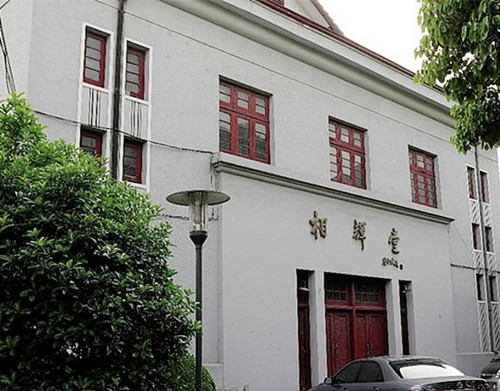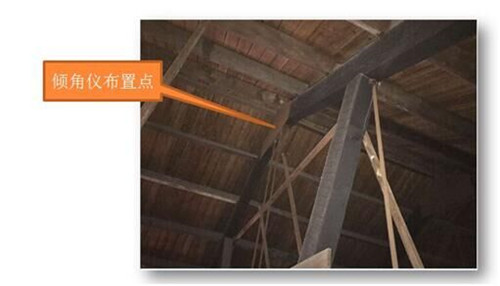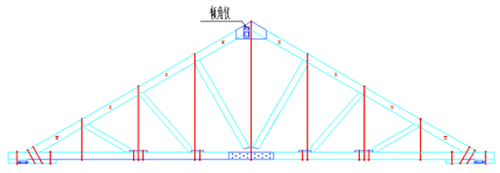With the continuous development of the Internet of Things sensor technology, the structural monitoring system ensures the real-time and continuous structural safety monitoring of historic sites and ancient buildings, avoiding structural safety accidents and not affecting the appearance of ancient buildings. The intelligent sensor is arranged quickly and conveniently, and at the same time, the cost is very low and the use is flexible. It does not affect the normal visit and visit of the tourists, and does not cause any damage to the structure of the cultural relics.

As a witness to the vicissitudes of Fudan University in the past century, Xianghuitang will inevitably have different degrees of erosion loss, which will have a greater impact on the architectural monuments and will also affect the personal safety of tourists in the scenic spots. Ancient architecture is an important part of Chinese traditional culture. It has witnessed the changes of the times. Once it is destroyed, it will be difficult to continue and repair. Traditional manual monitoring methods have been unable to meet the requirements of full coverage, real-time, continuity and predictability.
The inclination sensor is used to measure the amount of inclination change with respect to the horizontal plane. Using the acceleration principle, the linear displacement of the object can be calculated, thereby realizing the change of the angle and position of the object. Therefore, a large number of tilt sensors and tilt modules are widely used for vertical monitoring, tilt alarms, and tilt measurement of building bodies and the like.

The high-precision tilt sensor BWS2000 developed by BWSENSING Sensing has been successfully applied to the ancient building monitoring of Shanghai Xianghuitang. This application has important significance for the environmental and structural protection of ancient buildings, and also provides a new and scientific way for cultural relics protection.

The BWS2000 is a two-axis high-precision tilt sensor with MEMS technology and digital output. The measurement range is ±30° and the highest precision is 0.001°. The sensor uses a high-resolution differential digital-to-analog converter with built-in automatic compensation and filtering algorithms to greatly reduce the error caused by environmental changes. The change of the static gravitational field is converted into a change in the inclination angle, and the current roll angle and pitch angle are directly output by digital means. The real-time monitoring function can detect the natural phenomena of ancient buildings due to long-term wind erosion, rain and other changes. Later, people can repair and restore ancient buildings according to historical data.
The expansion of cities is inevitable. How to scientifically and effectively monitor the safety of ancient buildings in real time has become a realistic issue facing people. As a professional inertial attitude sensor manufacturer, BEWIS Sen has developed a series of high-precision, intelligent, low-power, long-life sensor products in defense, military, transportation, construction, engineering, aerospace, energy and power. The fields of medical devices and other fields have played an important role in meeting various monitoring needs in the industry.

 +86 189 2129 2620
+86 189 2129 2620
+86 176 0611 8008 sales@bwsensing.com
sales@bwsensing.com














